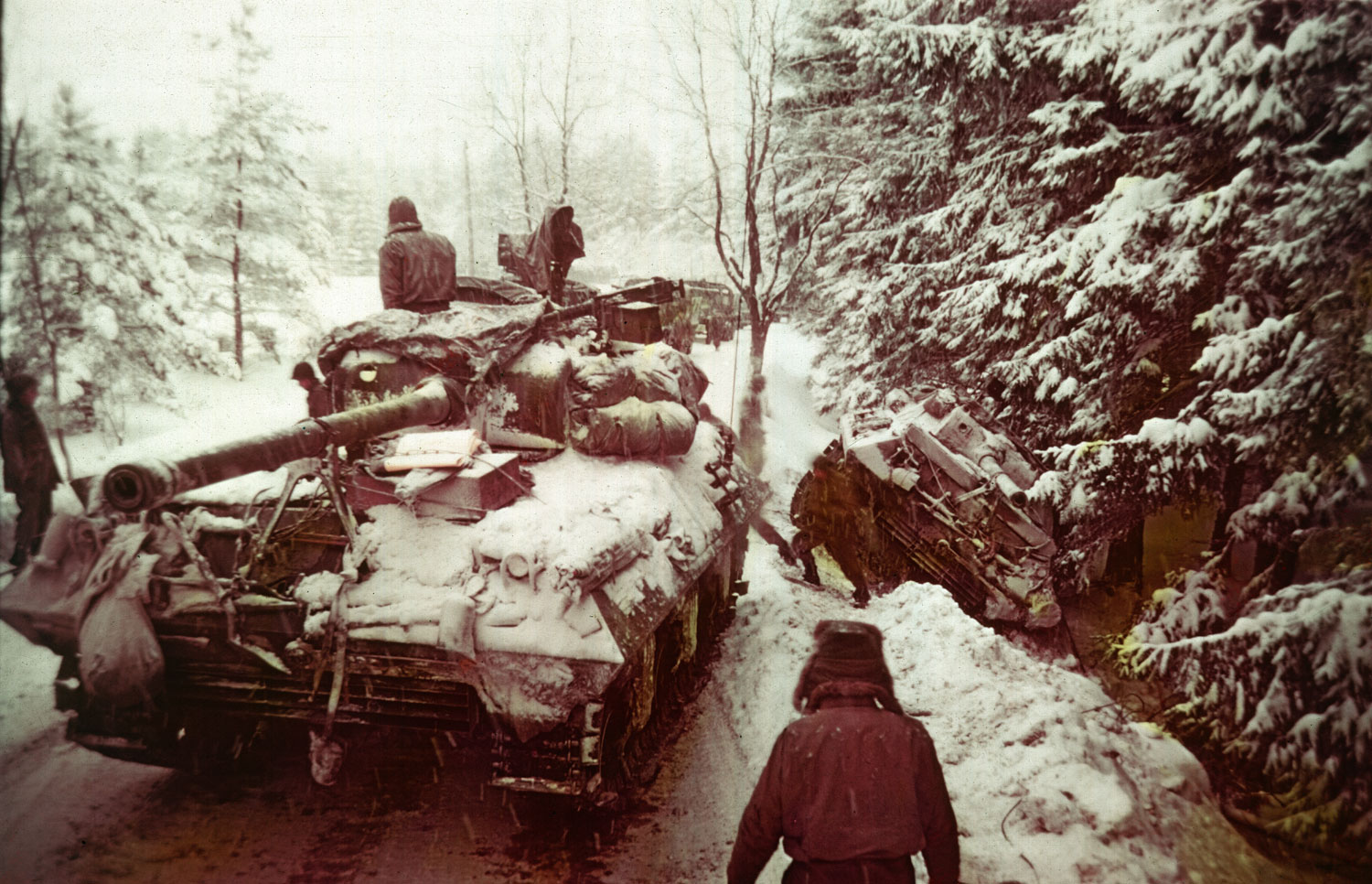
From mid-December 1944 through the end of January 1945, in the heavily forested Ardennes Mountains of Belgium, thousands of American, British, Canadian, Belgian and French forces struggled to turn back the final major German offensive of World War II. While Allied forces ultimately triumphed, it was an absolutely vicious six weeks of fighting, with tens of thousands dead on both sides. Today, the conflict is known as the Battle of the Bulge.
Here, 70 years after the start of the Ardennes Counteroffensive (as the battle is sometimes known), LIFE.com presents a series of photographs made by LIFE photographers throughout the fighting. Many of these pictures never ran in LIFE magazine.
For its final offensive to succeed, Germany needed four factors to work in its favor: catching the Allies off-guard; poor weather that would neutralize air support for Allied troops; the dealing of early, devastating, demoralizing blows against the Allies; and capturing Allied fuel supplies intact. (Indeed, Germany originally intended to attack on November 27, but had to delay its initial assault due to fuel shortages). On December 16, 1944, the German attack began: the Wehrmacht (the Third Reich’s unified armed forces) struck with 250,000 soldiers along an 85-mile stretch of Allied front, stretching from southern Belgium to Luxembourg.
The attack proved stunningly effective, at first, as troops advanced some 50 miles into Allied territory, creating the “bulge” in the American lines that gave the battle its memorable name.
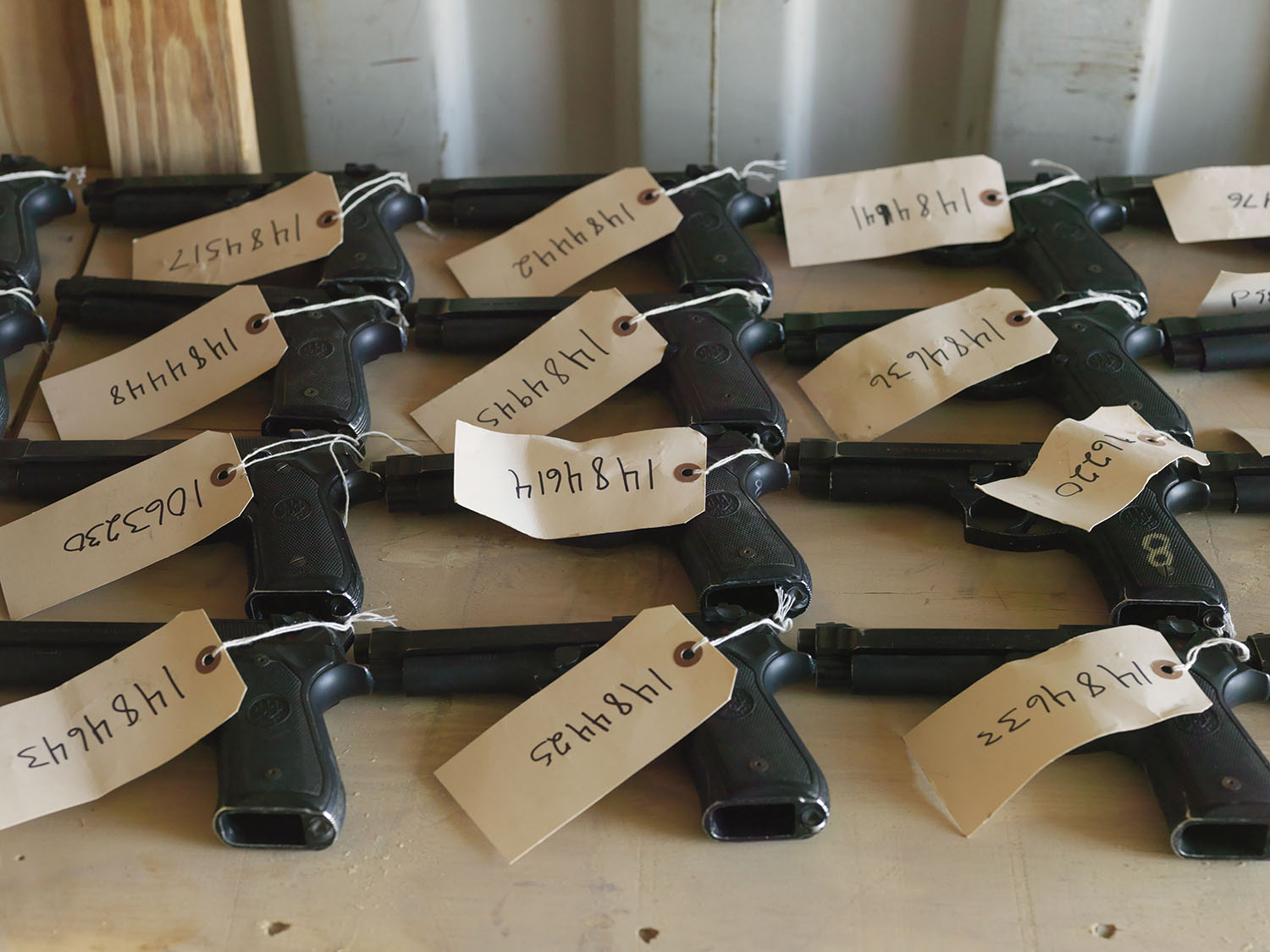
American forces had been feeling triumphant — Paris had just been liberated in August — and there was a sense among some American and other Allied leaders that Germany was all but defeated. The attack in December 1944, officially labeled the “Ardennes-Alsace Campaign” by the U.S. Army, showed that any complacency the Allies might have embraced regarding the Wehrmacht was dangerously misplaced.
Nevertheless, as effective as the initial German efforts were, they failed to achieve the complete and early knockout of Allied forces that German military brass had hoped for, and counted on. (Wehrmacht Field Marshal Walter Model had given the attack only a 10 percent chance of success to begin with. The German name for the operation: Wacht am Rhein, or “Watch on the Rhine.”)
(At right: A Belgian woman surveys damage to her home caused by heavy fighting during the Battle of the Bulge.)
One of the most difficult aspects of the Bulge was the weather, as extreme — indeed, historic — cold wreaked havoc and turned relatively simple logistics of travel, shelter, and meals into a daily struggle. January 1945 was the coldest January on record for that part of Europe, and over the course of the battle more than 15,000 Allied troops alone were treated for frostbite and other cold-related injuries.
Before the attack, some German troops who were able to speak English disguised themselves as Allied soldiers. They made a point of changing road signs and generally spreading misinformation. Germans captured engaging in the subterfuge were executed by firing squad. Images 25-30 in this gallery chronicle one such execution. The three Germans, LIFE magazine reported in June 1945 — when the U.S. War Department released the images — were German intelligence officers who were captured, tried and shot.
The Nazis were carefully groomed for their dangerous mission [LIFE wrote]. They spoke excellent English and their slang had been tuned up by close association with American prisoners of war in German camps… Under the rules of the Hague Convention these Germans were classifiable as spies and subject to an immediate court martial by a military tribunal. After brief deliberation American officers found them guilty, and ordered the usual penalty for spies: death by firing squad.
Other German efforts at sabotage, meanwhile, proved largely ineffective, including attempts to bribe port and railroad workers to impede Allied supply operations.
Perhaps the defining moment in the Battle of the Bulge came when the Germans demanded the surrender of American troops who were outnumbered and surrounded in the town of Bastogne. United States General Anthony McAuliffe replied to the ultimatum with a now-legendary one-word response — “Nuts!” — which is a milder way of saying, “F— you.” His men withstood several German attacks until they could be relieved by the 4th Armored Division.
“This is undoubtedly the greatest American battle of the war,” Winston Churchill said in the House of Commons following the Battle of the Bulge, “and will, I believe, be regarded as an ever-famous American victory.”
While the Allied forces triumphed, victory came at a heavy price, with nearly 20,000 Americans killed and tens of thousands more wounded, missing or captured. British troops suffered more than 1,000 casualties. For American forces, the Bulge was the bloodiest battle on the Western Front during the Second World War.
German losses were severe, with estimates ranging from 70,000 to 100,000 casualties (depending on the source).
With victory on January 25, 1945, the final triumph over Nazi Germany was in reach; Allied forces pressed their advantage and began the last push toward Berlin. On May 7, Germany agreed to an unconditional surrender. Less than five months after the Battle of the Bulge ended, the war in Europe was over.
Ben Cosgrove is the Editor of LIFE.com
Liz Ronk, who edited this gallery, is the Photo Editor for LIFE.com. Follow her on Twitter at @LizabethRonk.

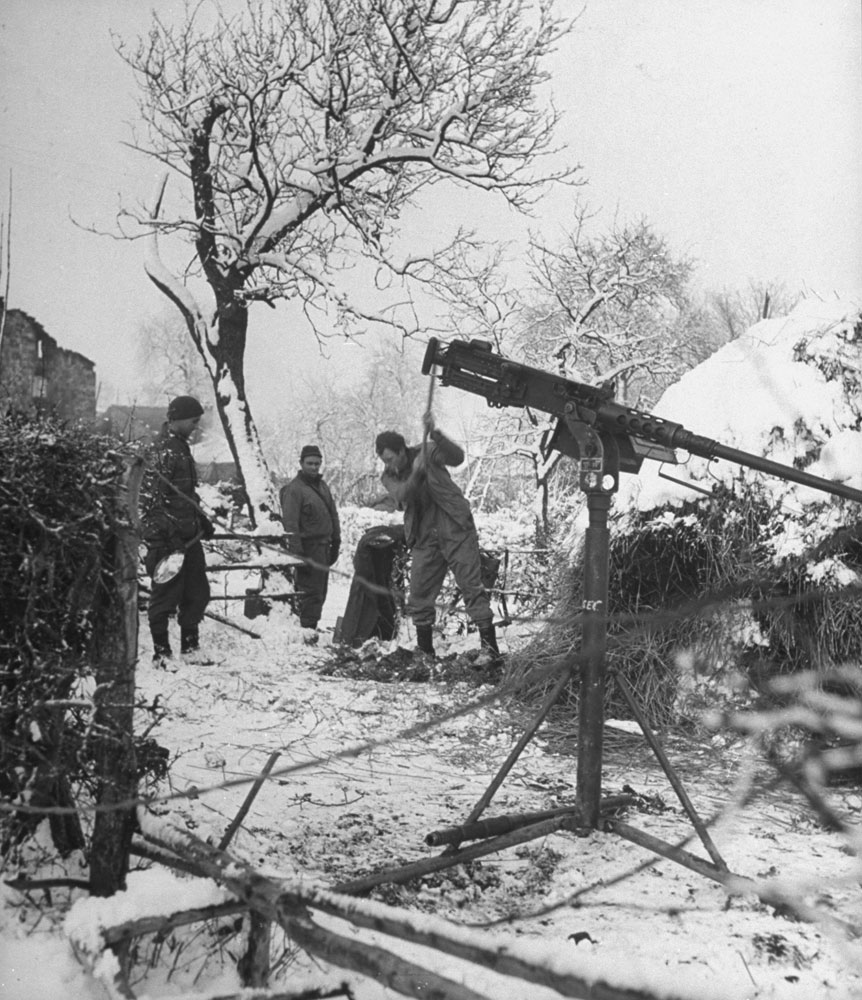
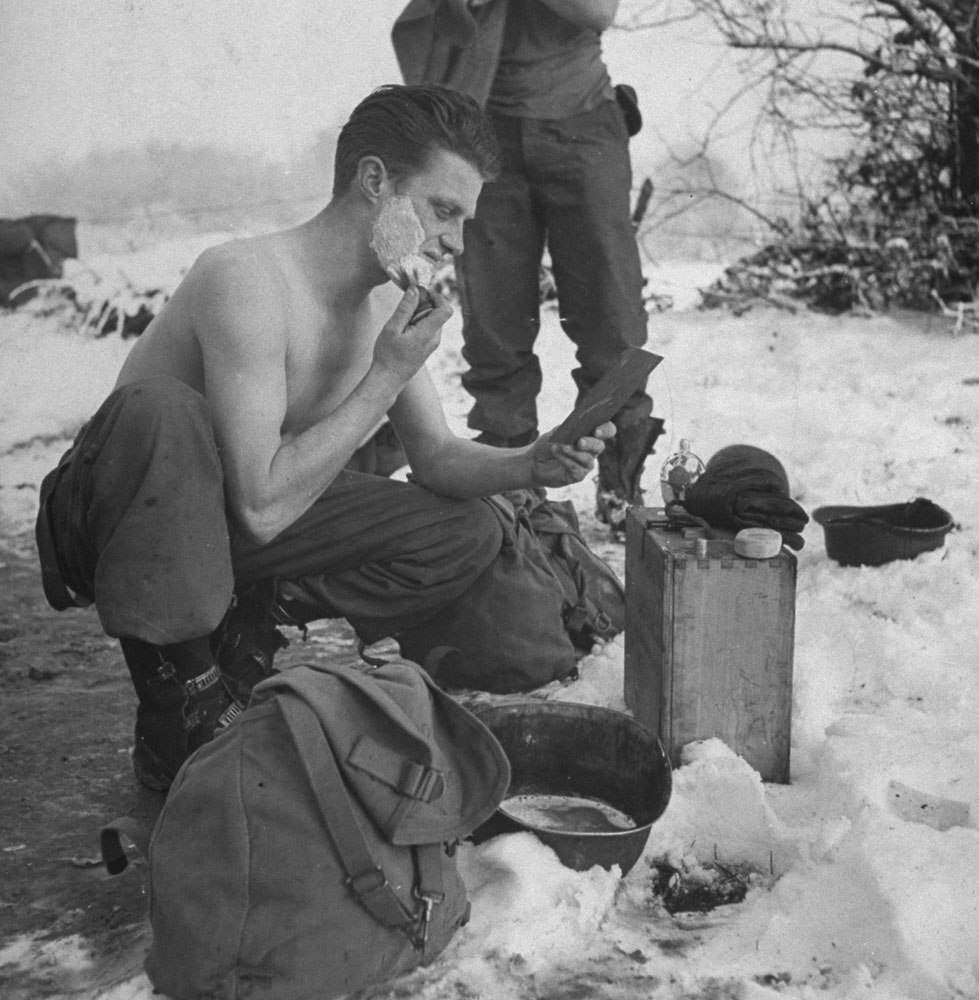

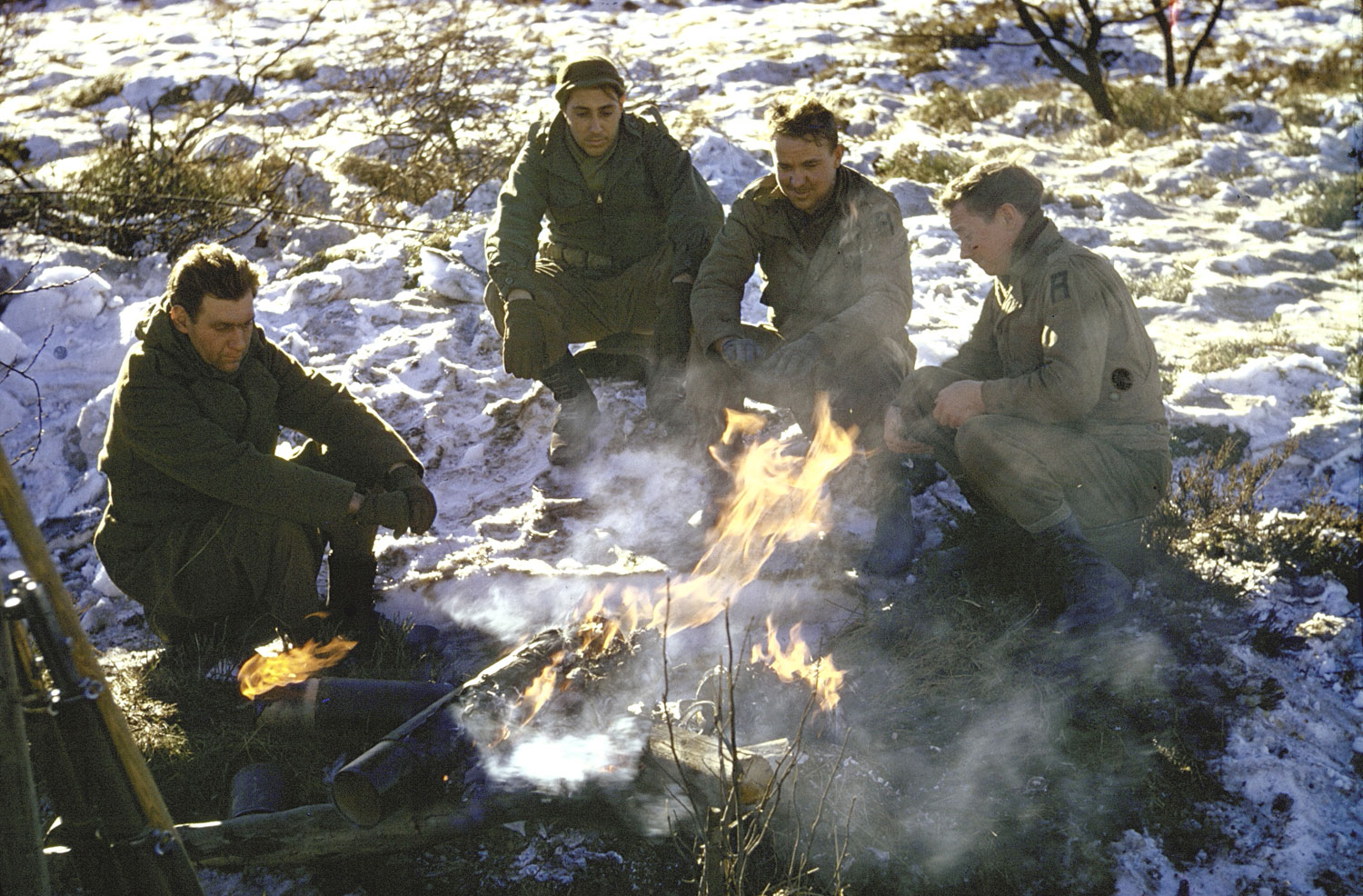
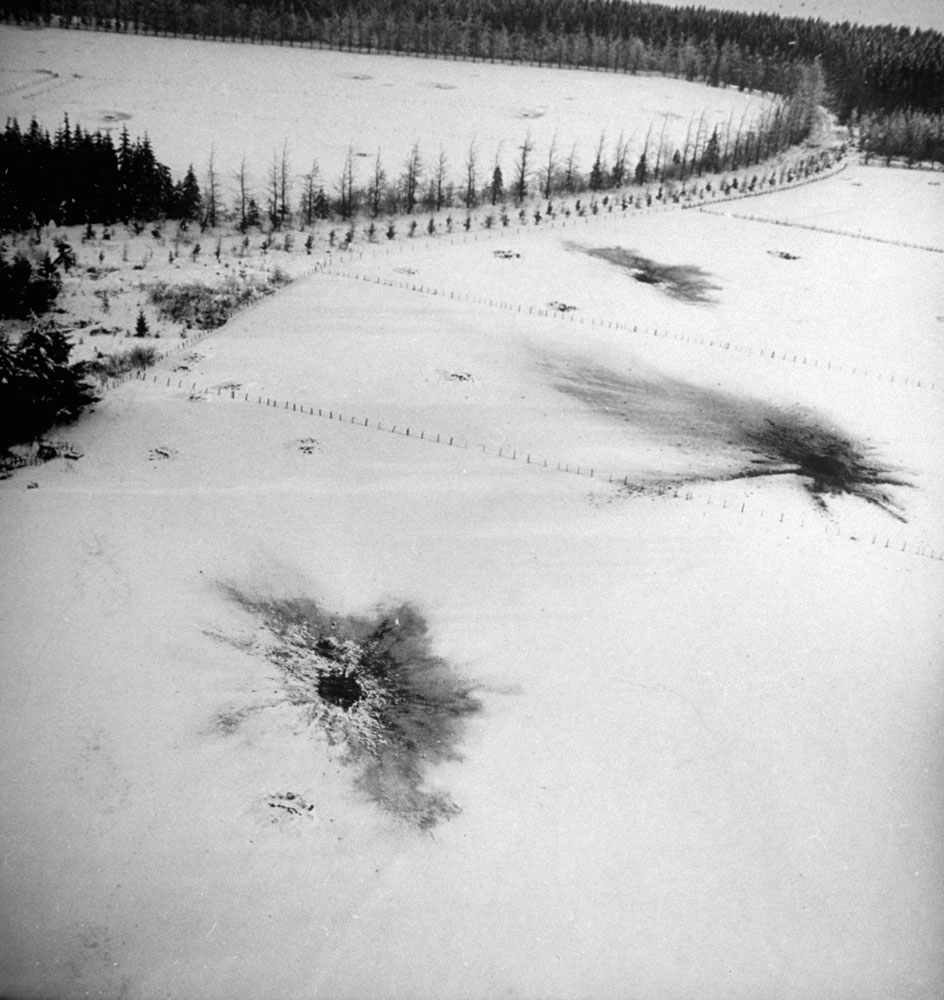
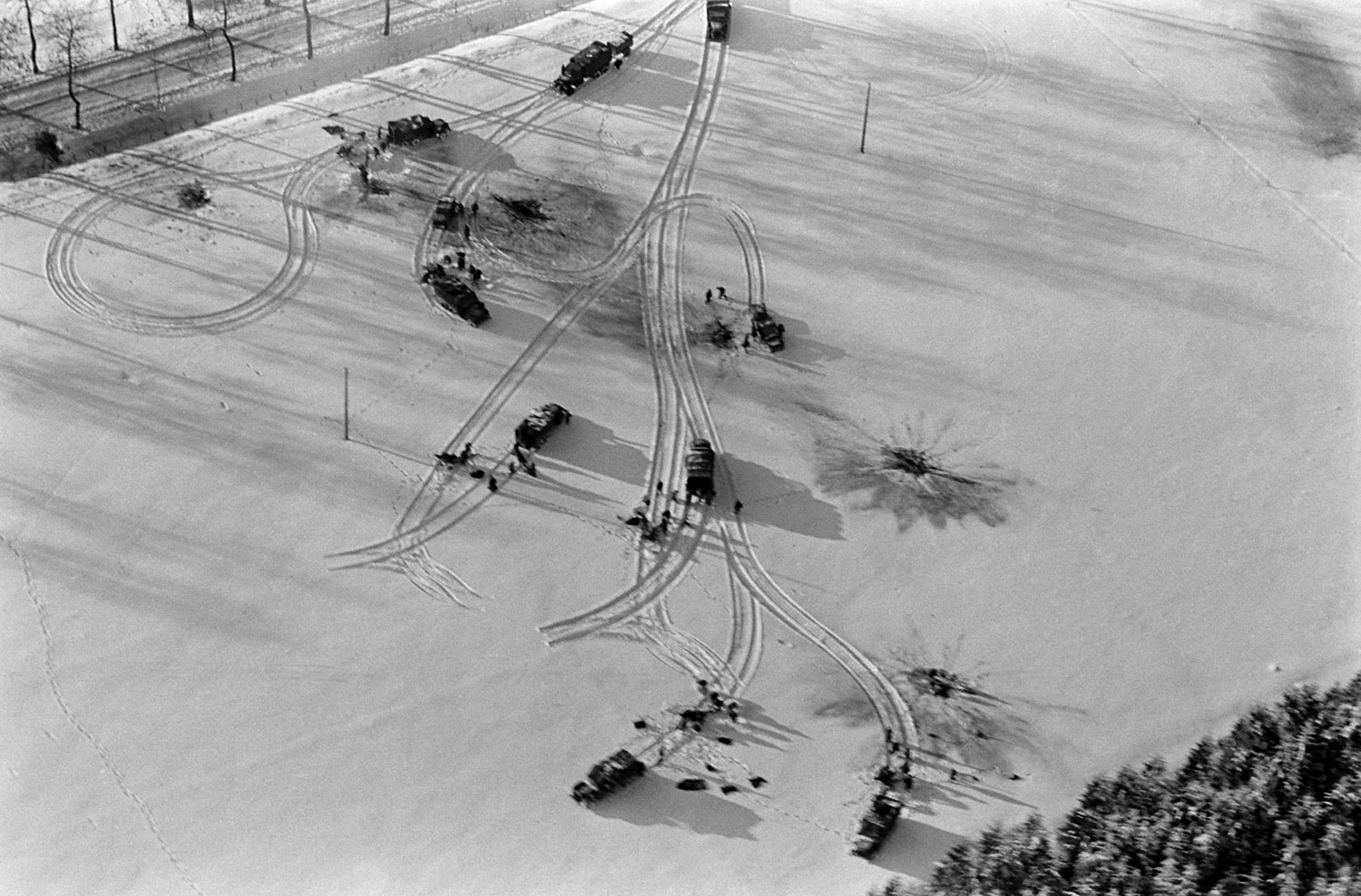
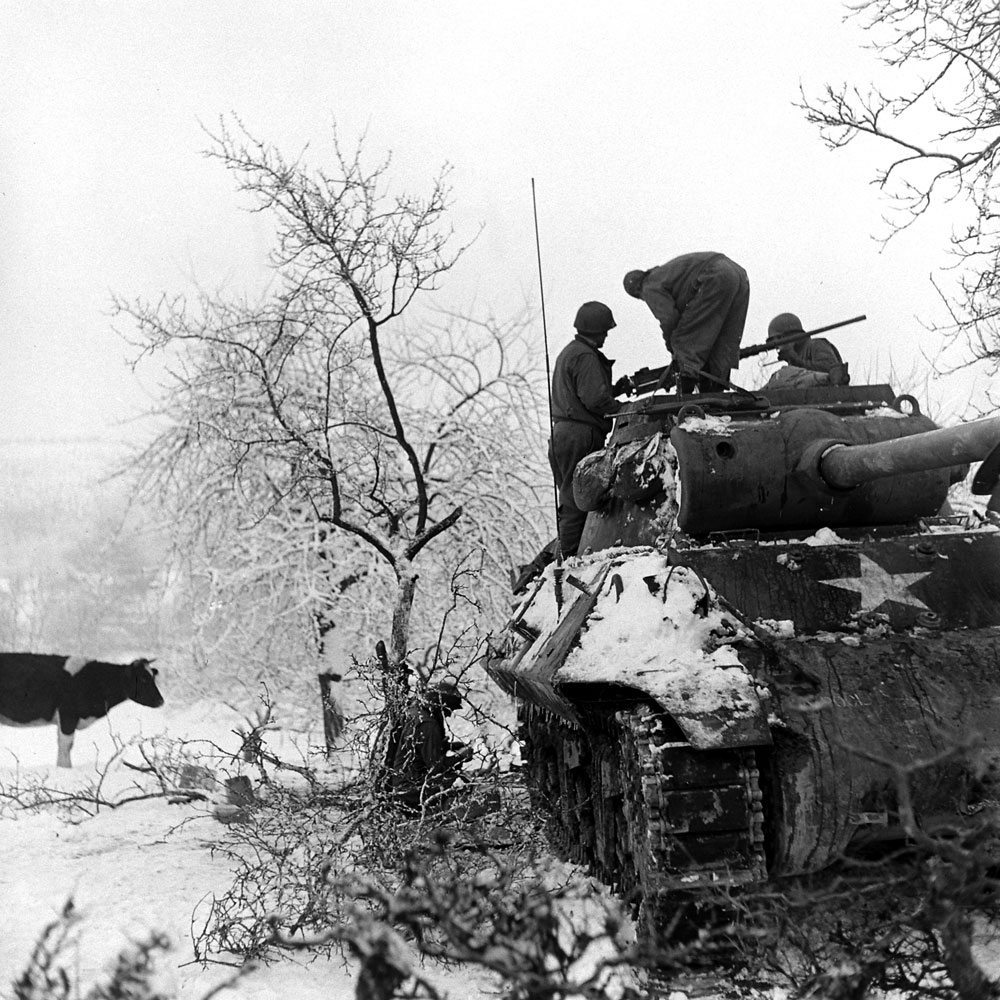
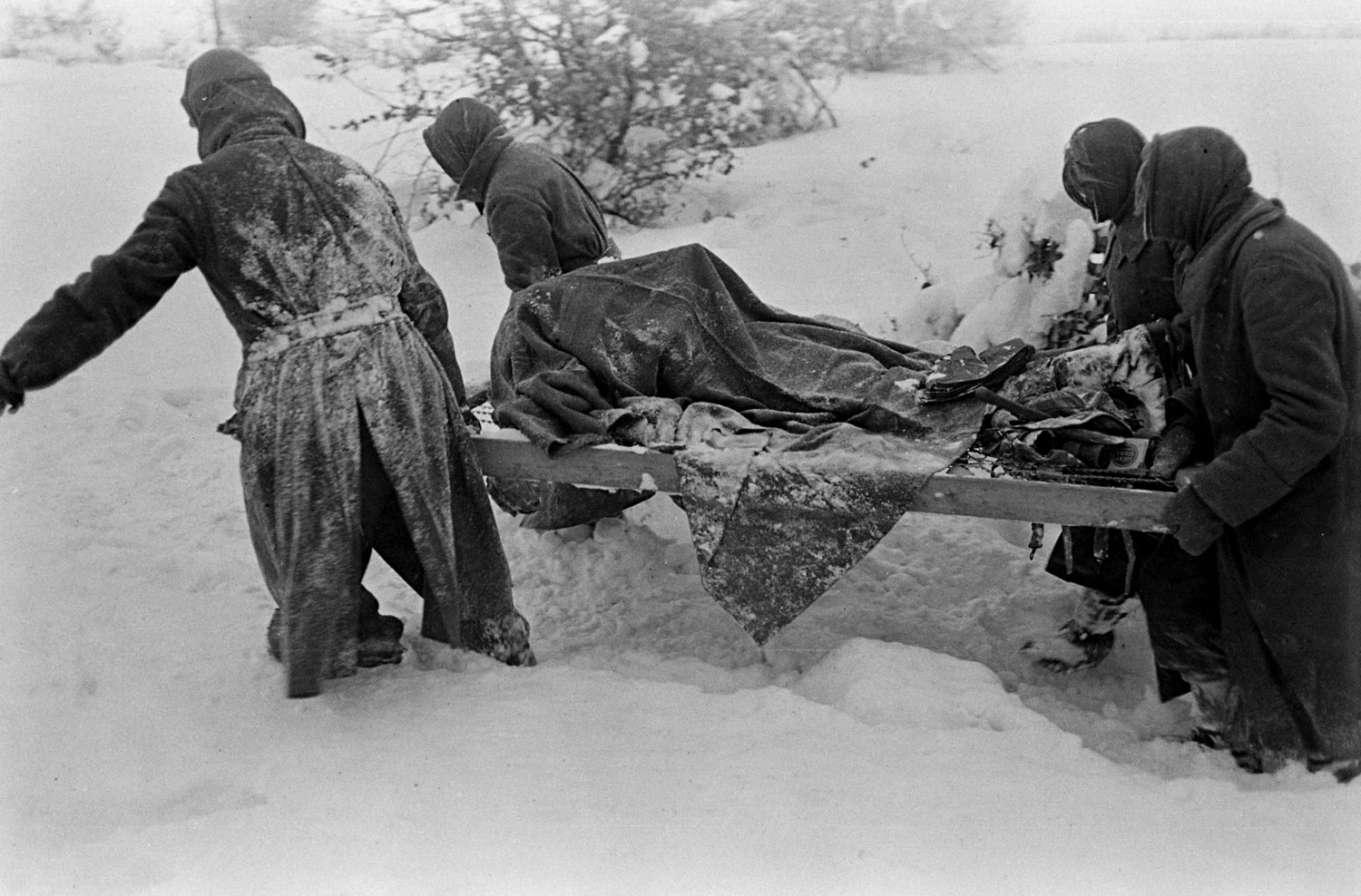







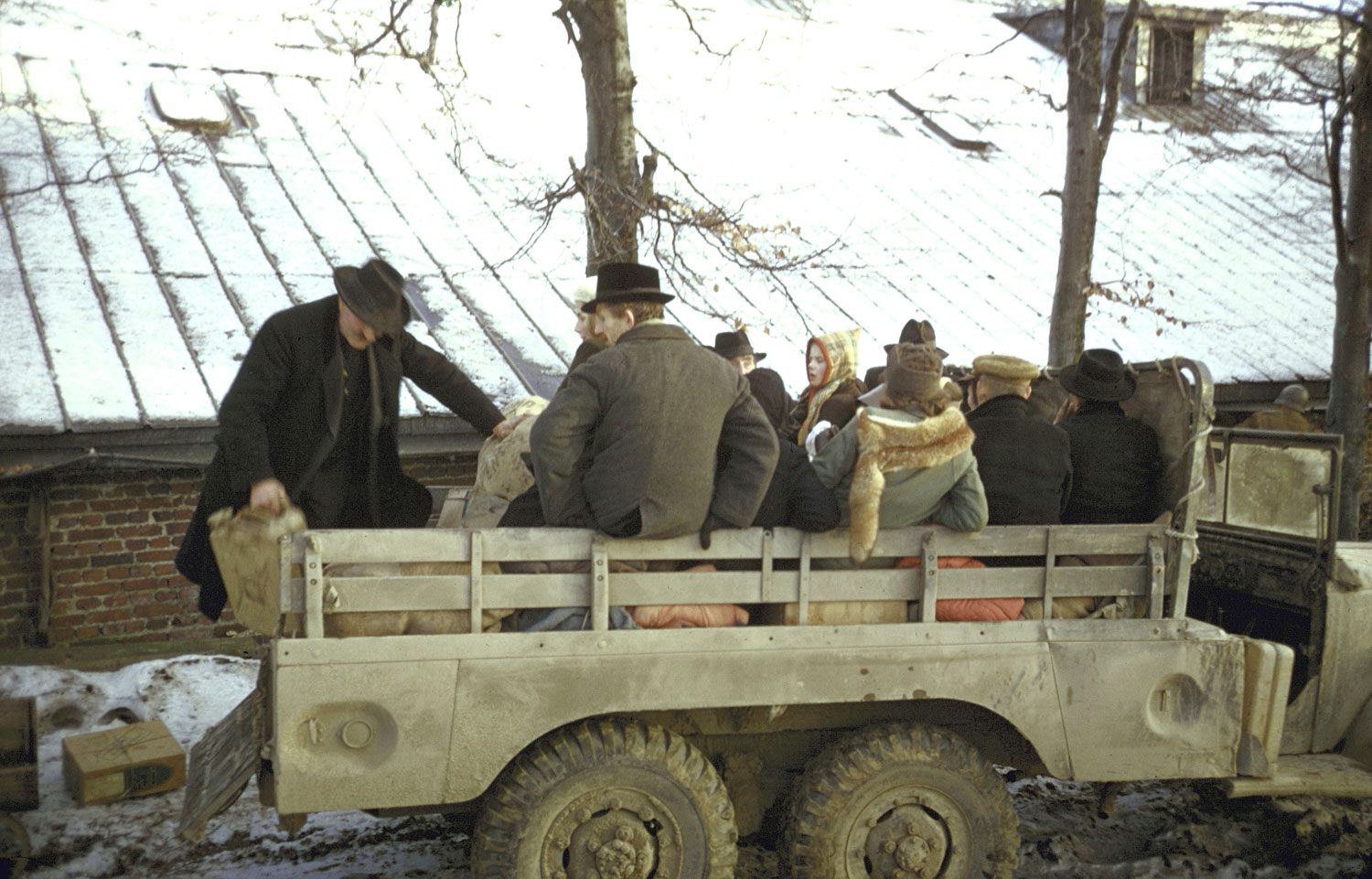
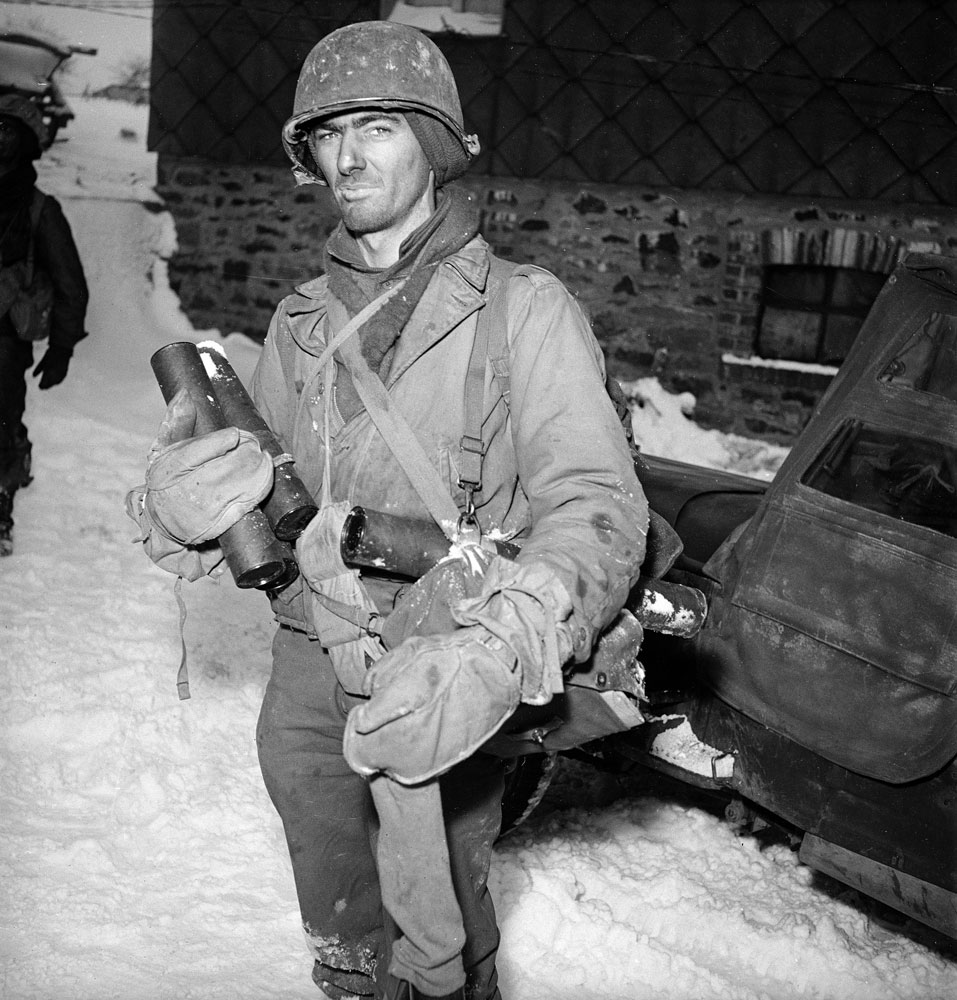


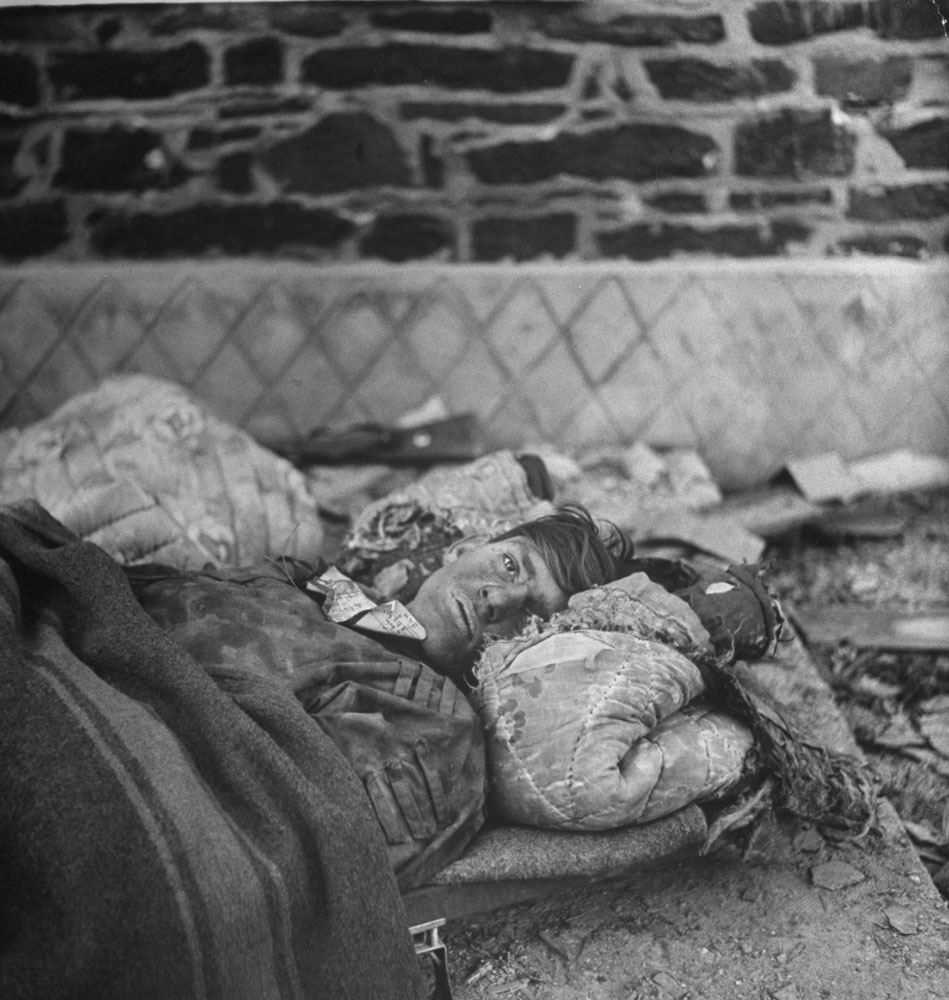
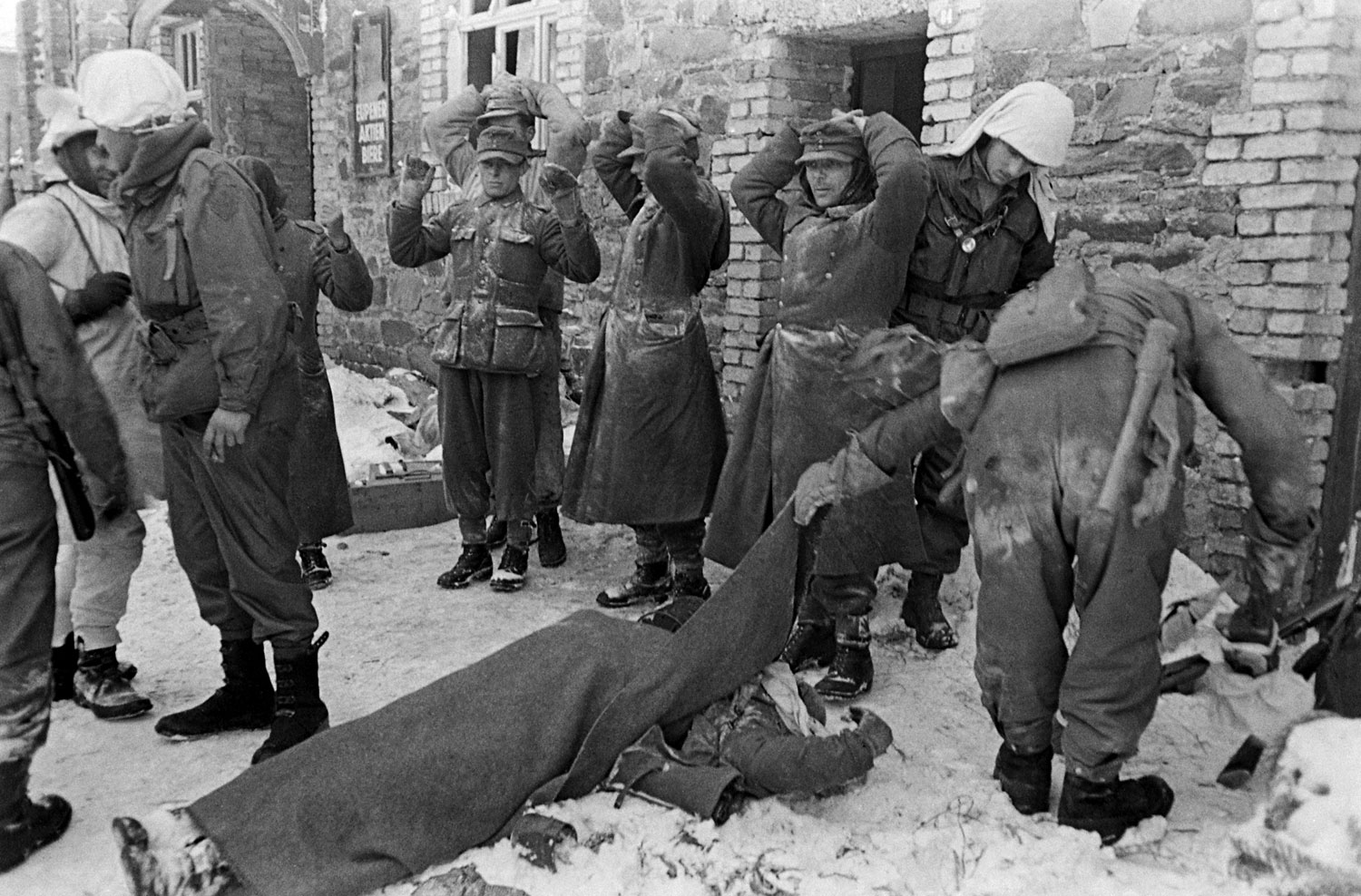


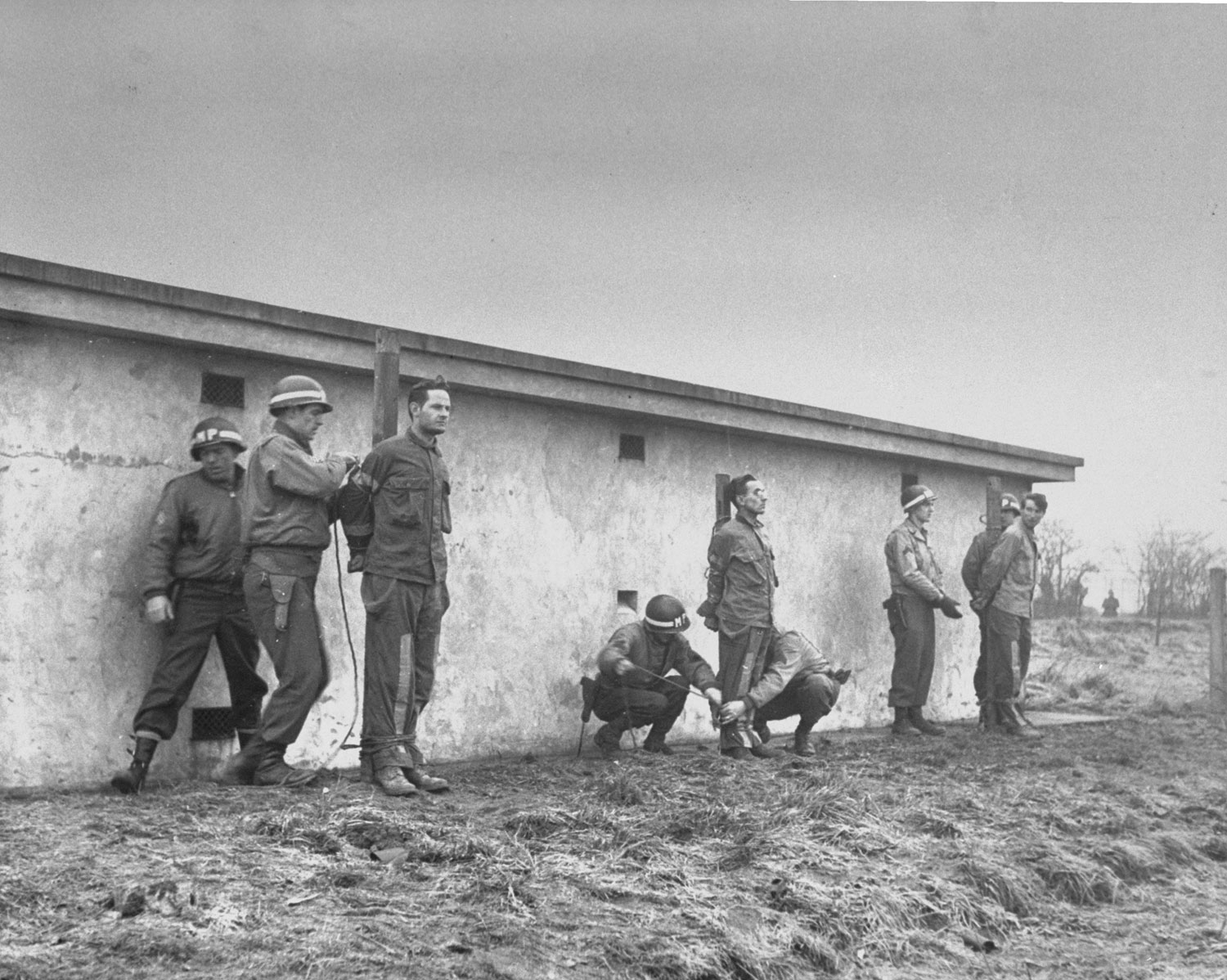
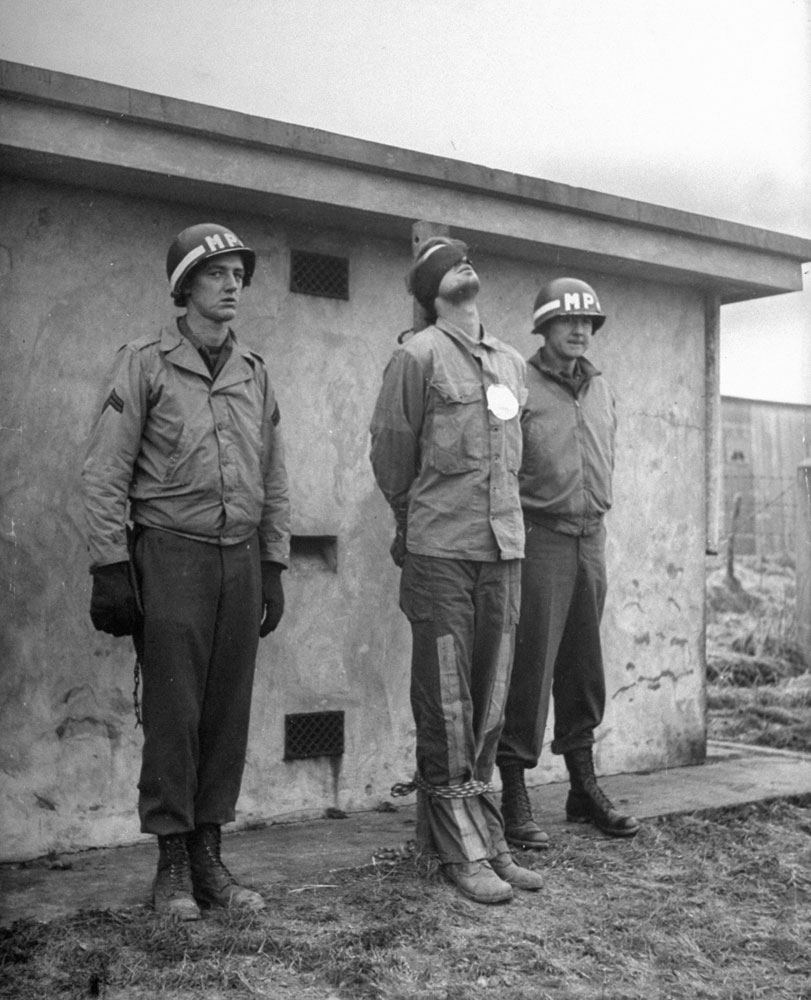
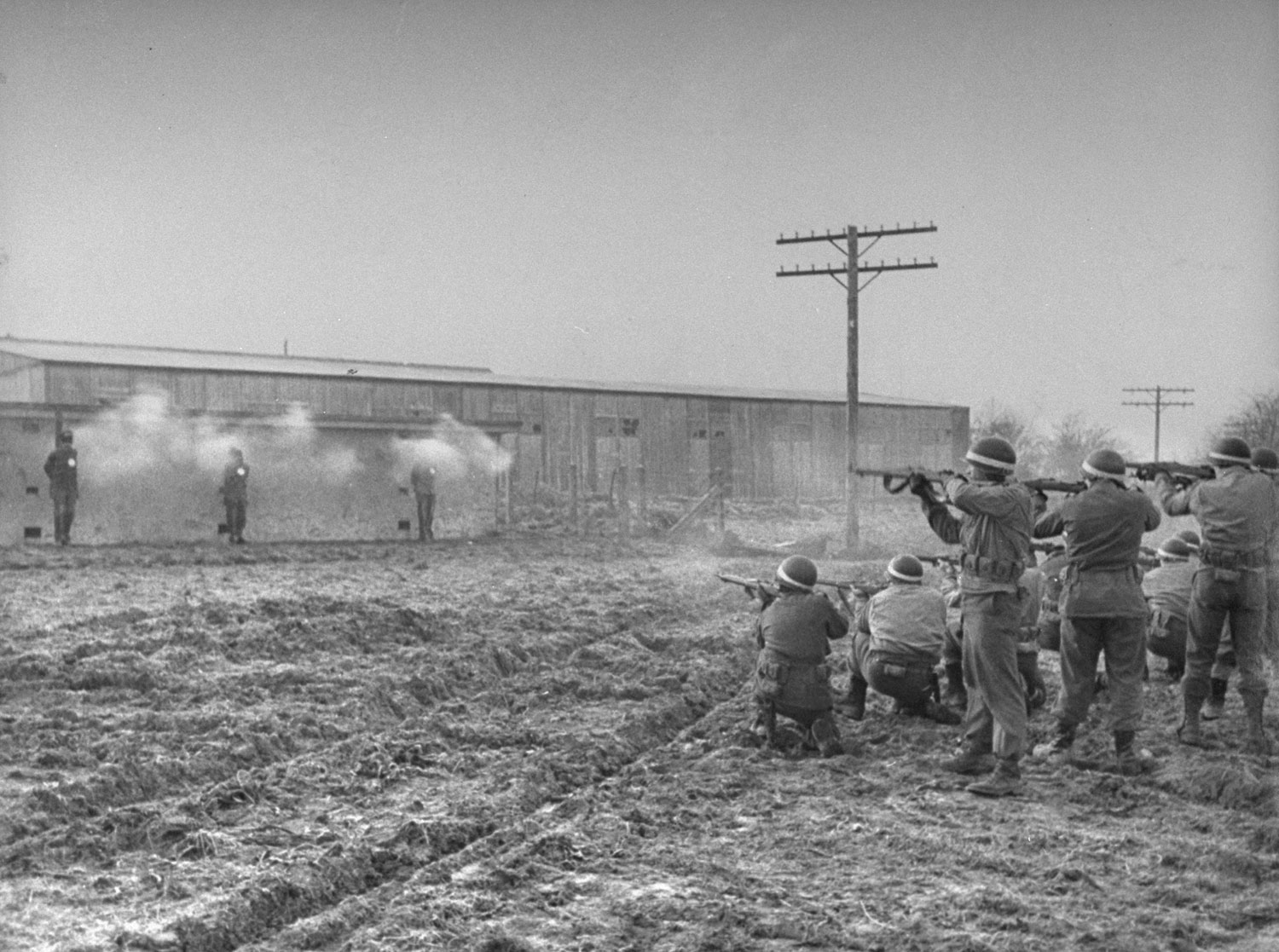
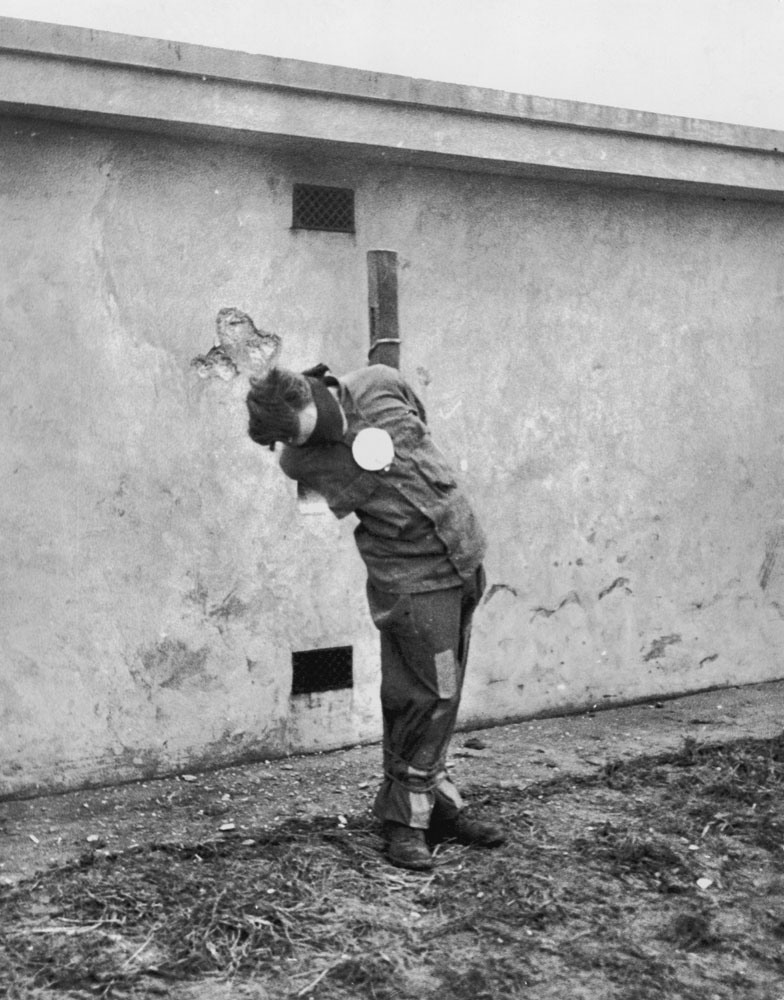


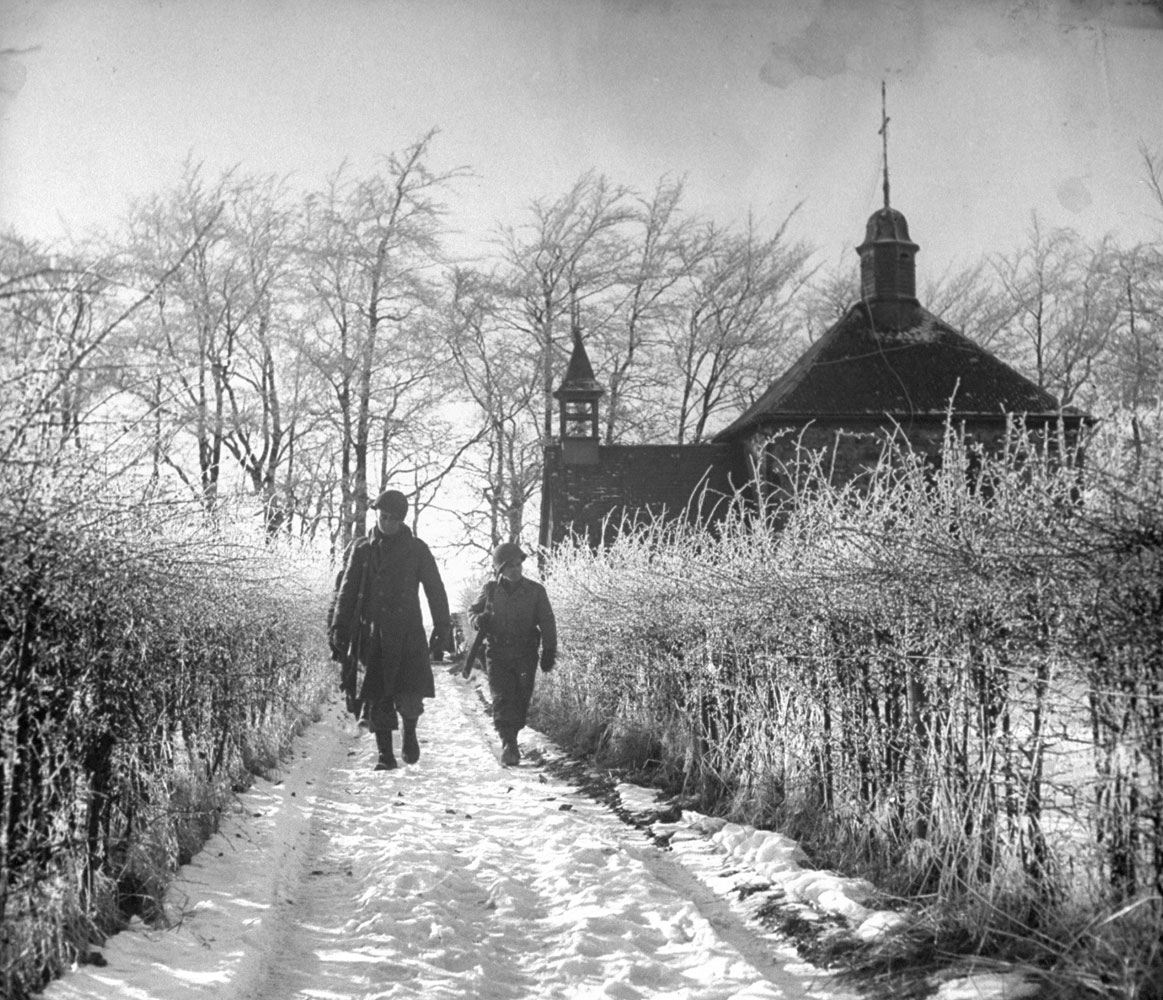
More Must-Reads from TIME
- Cybersecurity Experts Are Sounding the Alarm on DOGE
- Meet the 2025 Women of the Year
- The Harsh Truth About Disability Inclusion
- Why Do More Young Adults Have Cancer?
- Colman Domingo Leads With Radical Love
- How to Get Better at Doing Things Alone
- Michelle Zauner Stares Down the Darkness
Contact us at letters@time.com